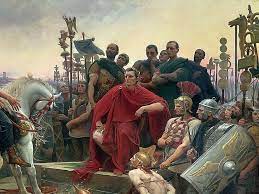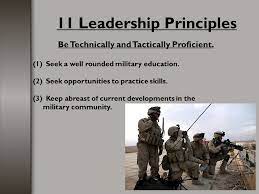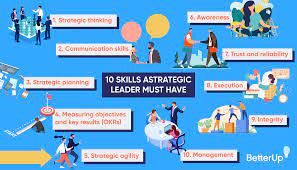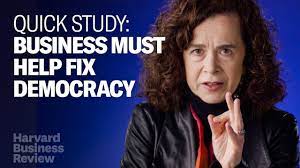5 Leadership Lessons You Can Learn From Ancient Rome
There’s no question that leadership is an important quality in any organization. But what exactly is leadership? And how can you become a better leader?
Interestingly, we can learn a lot about leadership by looking at the example of Ancient Rome. Here are five lessons we can take away from the Roman Empire:
1. Leaders need to be decisive.
In order to be a successful leader, you need to be able to make quick and decisive decisions. This was something that the Romans were very good at. When faced with a problem, they would quickly come up with a solution and then implement it without delay.
2. Leaders need to be able to inspire others.
A good leader needs to be able to inspire those around them to achieve great things. The Roman Empire was built on the backs of its people, who were inspired by their leaders to do great things.
3. Leaders need to be able to delegate tasks effectively.
An effective leader knows how to delegate tasks and responsibilities effectively. They understand that they cannot do everything themselves and that they need to rely on others to get things done. The Roman Empire was successful in part because its leaders were able to delegate tasks efficiently and effectively.
4. Leaders need to be able to adapt to change.
The world is constantly changing, and successful leaders need to be able to adapt accordingly. The Roman Empire was very successful in its early years, but as times changed, so too
marine leadership academy
In order to be a successful leader, one must be able to take lessons from history and apply them to the modern day. The Roman Empire was one of the most successful empires in history and there are many lessons that can be learned from their leadership style.
1. The first lesson is that a leader must be able to inspire others. The Roman Empire was able to conquer vast areas and expand its territory because its leaders were able to inspire others to follow them. A leader must be able to articulate their vision and make people believe in it.
2. The second lesson is that a leader must be decisive. The Roman Empire was able to become so powerful because its leaders were able to make quick and decisive decisions. A leader must be able to weigh all the options and make the best decision for the situation.
3. The third lesson is that a leader must be able to delegate tasks. The Roman Empire was successful because its leaders were able to delegate tasks to others. A leader cannot do everything themselves and they must be able to trust others to help them achieve their goals.
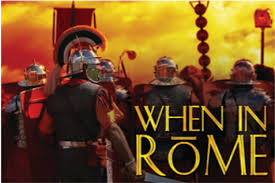
4. The fourth lesson is that a leader must be knowledgeable. The Roman Empire was successful because its leaders were extremely knowledgeable about military strategy, politics, and economics. A leader must be well-rounded and have a deep understanding of the various aspects of their field.
5. The fifth lesson is that a leader must have integrity. The Roman Empire was successful because its leaders were
leadership clipart
Leadership is an important quality in any organization or group. There are many different leadership styles, and each has its own advantages and disadvantages. One leadership style that has been around for centuries is the military style of leadership. This type of leadership is often seen as authoritarian and dictatorial, but it can also be very effective.
The Roman Empire was one of the largest empires in history, and it was led by a series of military leaders. These leaders were often ruthless and brutal, but they were also very effective. They conquered new territories, built huge infrastructure projects, and maintained a strong central government.
If you want to learn more about military leadership, there are plenty of resources available. You can read books about famous military leaders, watch documentaries about them, or even join the military yourself. However, you don’t need to join the military to learn about this type of leadership. There are plenty of civilian organizations that use a military-style leadership structure.
One example is the Boy Scouts of America. The Boy Scouts use a hierarchical structure similar to the military. There are different levels of scouts, each with different responsibilities. The highest-ranking scouts are the leaders, and they are responsible for making decisions and giving orders. The lower-ranking scouts must follow these orders and complete the tasks that they are given.
This type of leadership can be very effective if it is used properly. It can help to build discipline and order within an organization.
